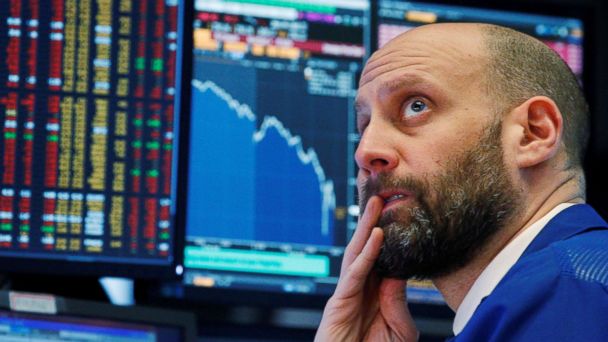Stocks opened flat this morning despite a strong earnings report from Tesla (NASDAQ: TSLA), revealed last night. The Dow fell slightly through noon while the S&P nudged higher. Only the Nasdaq Composite enjoyed a significant gain. Better-than-expected economic data tilted sentiment, too, as investors weighed the odds of a “soft landing” scenario vs. a resurgence in consumer prices.
GDP data released today showed that the US economy grew by 2.9% in the fourth quarter, surpassing the 2.8% Dow Jones estimate. It represents a slowdown from the quarter prior (+3.2%) and a smaller quarter-over-quarter increase when inflation is factored in (+0.7%). Somewhat confounding is the slump in personal consumption last quarter, which only rose by 2.1% annualized vs. 2.9% expected.
Real final sales to private domestic purchasers – the sum of personal consumption expenditures and gross private fixed investment – only increased by 0.2% in Q4. That’s the lowest print for the category since the start of the Covid pandemic.
Household consumption, capital expenditure (CapEx), and residential investment contributed just 0.22% to the 2.9% GDP gain in Q4 as well. That’s the lowest contribution for this group going back to Q2 2020.
And though last quarter’s headline GDP number beat estimates, weakness in key areas was indicative of an impending slowdown, likely to arrive next quarter.
“The mix of growth was discouraging, and the monthly data suggest the economy lost momentum as the fourth quarter went on,” wrote Capital Economics senior US economist Andrew Hunter.
“We still expect the lagged impact of the surge in interest rates to push the economy into a mild recession in the first half of this year.”
Jim Baird, chief investment officer at Plante Moran Financial Advisors, agreed with Hunter’s perspective.
“Just as the economy wasn’t as weak in the first half of 2022 as GDP reports suggested, it’s also not as strong as the Q4 GDP release would indicate,” Baird said.
“Held aloft by resilient consumer spending, the economy expanded at a solid pace late last year, but remains vulnerable to a more pronounced slowdown in the coming quarters.”
Initial jobless claims unexpectedly plummeted last week, too, according to the latest unemployment data. First-time unemployment filings sunk to 186,000 vs. 205,000 expected as unadjusted claims also cratered. A massive reduction in jobless claims from California caused much of the major unemployment “miss.”
That’s not what the Fed wants to see with a rate hike approaching next week. On the other hand, expectations of an imminent contraction in GDP could provide Powell with sufficient reason to halt rate hikes once the fed funds rate hits 5%.
The market is anticipating a 25 basis point increase at the Fed’s next meeting. Powell’s likely to meet expectations.
But, as has been the case over the last few months, Powell’s post-hike press conference will be much more important than the hike itself. If Powell indicates that rates could go above 5%, stocks should fall in response.
Outside of Tesla’s “beat” last night, forward guidance has been relatively poor this earnings season. Bulls will need help from the Fed to keep the current rally going.
Q4’s GDP slowdown certainly helped in that regard, but until Powell speaks on rates, the market’s upside looks very limited following two weeks of impressive gains.








